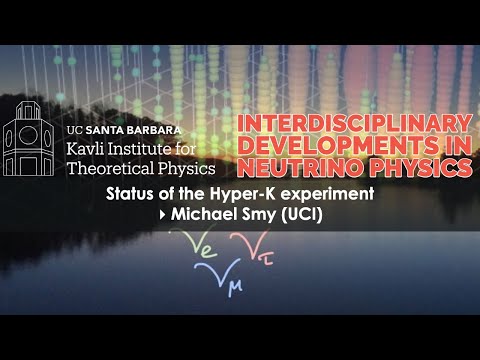Description:
Explore the status and progress of the Hyper-Kamiokande (Hyper-K) experiment in this 50-minute conference talk by Michael Smy from UCI. Gain insights into the collaboration's groundbreaking ceremony, production schedule, and photo sensor configuration. Delve into the physics potential of Hyper-K, including its capabilities in detecting various neutrino signals, such as atmospheric, supernova, and solar neutrinos. Learn about the experiment's ability to discriminate between supernova models and observe diffuse neutrino flux. Discover the US contributions to the project and understand the challenges faced, including cosmogenic radioactivity and excavation schedules. Examine the factors affecting the experiment's performance, such as interaction rates, beam delivery, and event pileup. This talk, part of the Interdisciplinary Developments in Neutrino Physics Conference, provides a comprehensive overview of the Hyper-K experiment's current status and future prospects.

Status of the Hyper-K Experiment - Michael Smy (UCI)
Add to list
#Science
#Physics
#Neutrino Physics
#Astronomy
#Astrophysics
#Cosmology
#Experimental Physics
#Particle Physics
#Neutrino Cross Sections